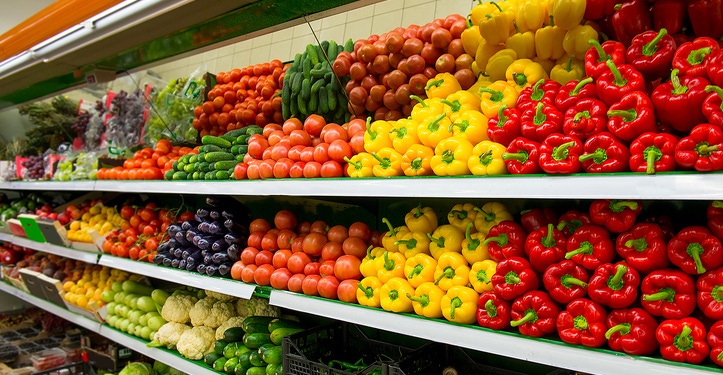September 10, 2020

Low-income Iowa residents in 10 additional counties recovering from the effects of the derecho that hit the Midwest in August could be eligible for a helping hand from the USDA Disaster Supplemental Nutrition Assistance Program (D-SNAP). The agency also provided an extension for current SNAP households to report storm-related food loss and receive replacement benefits.
Agriculture Secretary Sonny Perdue said that households who may not normally be eligible under regular Supplemental Nutrition Assistance Program rules may qualify for D-SNAP – if they meet the disaster income limits and have qualifying disaster-related expenses.
“Now that 10 additional counties have been declared disaster areas, we have another resource we can provide hard-hit residents trying to recover from the devastation,” Perdue said. “This administration will continue working closely with Iowans to make sure they get the food they need.”
The 10 counties that will be implementing D-SNAP:
Polk,
Boone,
Jasper,
Poweshiek,
Story,
Marshall,
Scott,
Benton,
Cedar, and
Tama.
D-SNAP will be run in waves, with the first five counties making the program available starting on Sept. 15, and the second set of counties launching their D-SNAP on Sept. 22.
To be eligible for D-SNAP, a household must live in an affected county, have been affected by the disaster, and meet certain D-SNAP eligibility criteria. Eligible households will receive one month of benefits – equal to the maximum amount for a SNAP household of their size – to help meet their temporary food needs as they settle back home following the disaster. The state will share information about D-SNAP application dates and locations through local media.
The timing of D-SNAP varies with the unique circumstances of each disaster, but always begins after commercial channels of food distribution have been restored and families are able to purchase and prepare food at home. Before operating a D-SNAP, a state must ensure that the proper public information, staffing, and resources are in place.
Although current SNAP households are not eligible for D-SNAP, under the Families First Coronavirus Response Act of 2020, USDA has already approved emergency allotments for Iowa. Therefore, ongoing SNAP households have already received the maximum available benefit amount for their household size for the month of September.
Iowans seeking more information about this and other available aid in the aftermath of the derecho should dial 2-1-1 or text their zip code to 899-211. For more information about Iowa SNAP, visit the Iowa Department of Human Services website.
Source: USDA Food and Nutrition Service, which is solely responsible for the information provided and is wholly owned by the source. Informa Business Media and all its subsidiaries are not responsible for any of the content contained in this information asset.
You May Also Like




